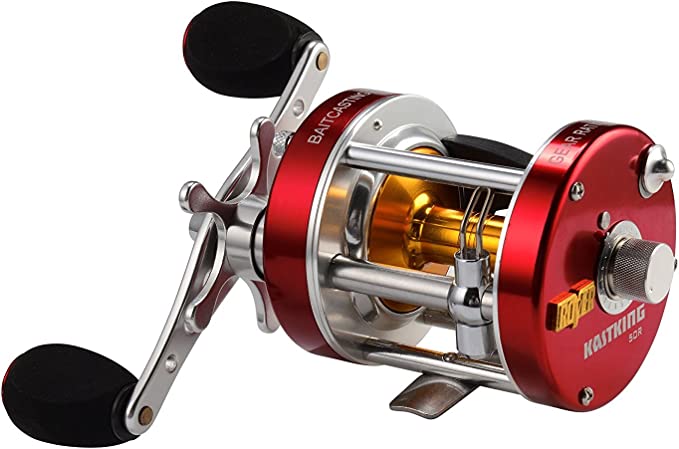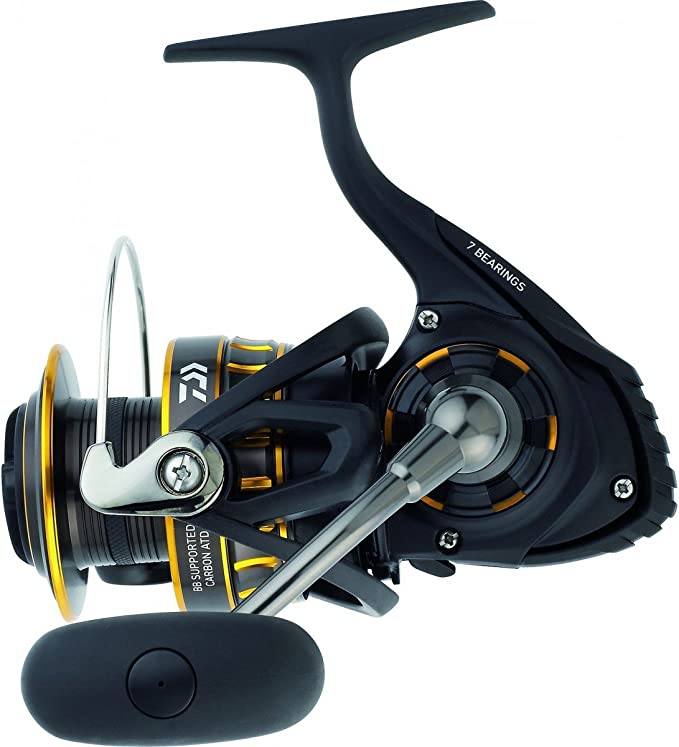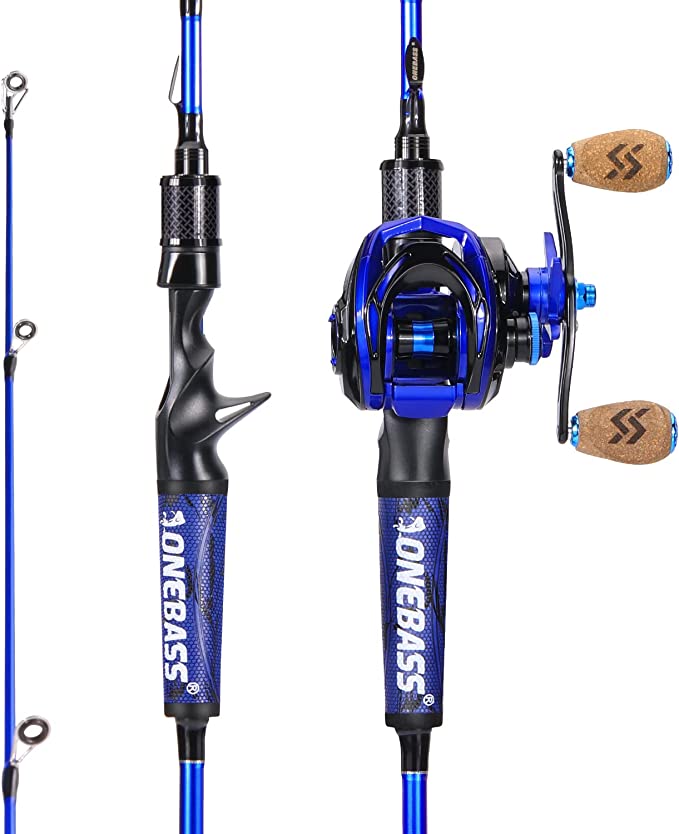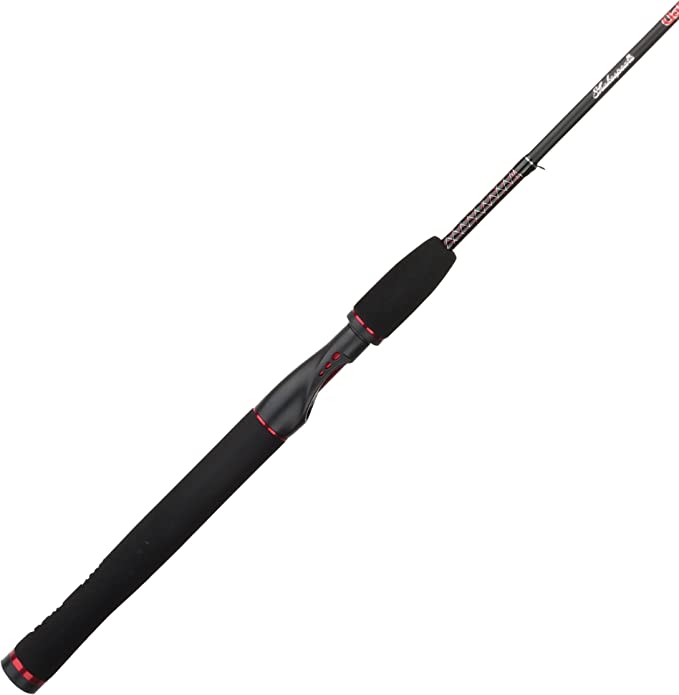NEMO Sonic 0°F Down Sleeping Bag: Your Cozy Cocoon for Sub-Zero Adventures
Update on Sept. 5, 2025, 4:13 p.m.
The universe does not care if you are warm. In the grand, indifferent theatre of physics, the natural tendency of all things is to move from order to disorder, from warmth to cold. This is the simple, implacable truth of the Second Law of Thermodynamics. Life itself, particularly warm-blooded life, is a constant, energy-intensive rebellion against this cosmic decree. We are small, improbable furnaces of organised energy, fighting a ceaseless battle to keep our precious heat from leaking out into the vast, cold void.
Within the walls of our homes, this battle is fought for us by insulation and central heating. But step outside, into the biting wind of a mountain night, and the fight becomes brutally personal. Here, survival depends on a far more intimate technology, a portable shield against the relentless drain of thermal energy. That shield is your sleeping bag. And while it may seem like a simple textile product, a high-performance sleeping bag is, in reality, a sophisticated, multi-layered weapon system designed to manipulate the fundamental laws of physics. It’s a masterclass in materials science and thermal engineering, and understanding it reveals the sheer ingenuity required to carve out a pocket of life-sustaining warmth in an otherwise hostile world.

The Unseen Enemy: A Three-Pronged Attack
To understand the solution, we must first respect the problem. Heat escapes your body through three primary pathways, a relentless thermal assault. Conduction is heat transfer through direct contact; the cold ground literally pulling warmth from your body. Radiation is the invisible shimmer of infrared energy you constantly emit, a silent broadcast of your life force into the night. But the most insidious thief is convection. This is heat carried away by moving air. Every gust of wind that slips past your shelter, every slight draft inside your tent, is a current of cold molecules arriving to steal your warmth and carry it away.
The secret to almost all insulation, from the fiberglass in your attic to the fur on a polar bear, is the same: trap air. Still, unmoving air is a terrible conductor of heat. The challenge, then, is not to create warmth, but to prevent its loss by creating a barrier of quiescent air around your body. This is where nature provided the first, and still one ofthe best, blueprints.

Nature’s Miracle Insulator—And Its Fatal Flaw
Look closely at a single down cluster, the fluffy filament from beneath the tougher exterior feathers of a goose or duck. It is not a feather. It is a miracle of natural engineering. A central point, the plumule, radiates countless soft, keratinous fibers, which in turn branch out into even smaller filaments. This complex, three-dimensional, fractal-like structure is spectacularly efficient at tangling and trapping air molecules, creating millions of tiny, dead air pockets.
The quality of this natural structure is measured by its “fill power.” A rating of 800, for instance, means that one ounce of this down can loft to fill 800 cubic inches of space. It’s a direct measure of its warmth-to-weight ratio; higher fill power means more air trapped for less material. This is why down has been the gold standard for cold-weather insulation for centuries.
But this miracle has an Achilles’ heel: water. When those delicate down clusters get wet, a catastrophic failure occurs at the microscopic level. The surface tension of water pulls the delicate filaments together, causing the entire structure to collapse into a clumpy, useless mass. The air pockets vanish, and the material’s insulating value plummets to virtually zero.
For decades, this was the terrifying trade-off for adventurers. The solution arrived not through a better structure, but through chemistry. Modern hydrophobic down tackles the problem at the molecular scale. Each individual down cluster is treated with a durable water-repellent (DWR) polymer, free from harmful PFCs. This treatment coats the keratin fibers with a substance that has an incredibly low surface energy. Water, with its high surface tension, can’t spread out and “wet” the fiber. Instead, it is forced to bead up and roll off, much like water on a freshly waxed car. The intricate air-trapping architecture is preserved, and the insulation continues to perform even in damp conditions.
Engineering a Personal Ecosystem
Having a superior insulating material is only half the battle. It must be housed within a structure that maximizes its potential and intelligently manages the entire thermal environment. This transforms a simple bag of fluff into a meticulously engineered personal ecosystem.
Take, for instance, the internal structure. If you simply stuffed down between two layers of fabric, it would quickly shift and settle, creating “cold spots” with no insulation at all. To solve this, designers use baffles—thin walls of internal fabric that create distinct chambers. The chevron baffle construction seen in a bag like the NEMO Sonic does more than just hold the down in place. By creating smaller, V-shaped compartments, it disrupts the formation of “convective loops.” This is a phenomenon where air within a single large chamber can begin to circulate—warming, rising, cooling against the outer fabric, and sinking—actively transporting heat outwards. The baffles keep the air pockets small and truly static, defeating convection on a micro-scale.
Yet, even a perfectly insulated bag can fail if it doesn’t account for the dynamic nature of the human body. You are not a static, heat-producing rock. You might go to sleep cold and then, deep in your sleep cycle, begin to overheat. This leads to sweating, and introducing moisture into your insulation is a cardinal sin of cold-weather survival. The traditional solution—partially unzipping the bag—is crude, creating a massive draft.
A more elegant solution is a form of active thermal regulation. Features like NEMO’s Thermo Gills—zippered vents placed strategically on the bag’s core—allow you to release excess heat and water vapor without breaking the primary seal of the main zipper. It’s a way to fine-tune your microclimate, a manual thermostat that acknowledges you are a living, breathing, and fluctuating furnace, not an inanimate object. This system, combined with a waterproof but breathable footbox that protects the down from tent-wall condensation, treats the sleeping bag not as a singular barrier, but as an interactive, manageable environment.

The Intersection of Performance and Principle
In the pursuit of this life-sustaining technology, we are faced with a final set of questions that go beyond physics and engineering. Where do these incredible materials come from? And what is the cost of their production? The highest-performing gear is now inextricably linked to ethical and environmental considerations.
The Responsible Down Standard (RDS) is a critical piece of this puzzle. It is an independent, third-party certification that ensures the down is sourced from animals that have been treated humanely, free from the brutalities of force-feeding or live-plucking. It provides a chain of custody from the farm to the final product, ensuring that performance is not built upon a foundation of suffering.
This mindfulness extends to the synthetic materials as well. The use of 100% recycled shell and liner fabrics and certifications like bluesign®, which audits the entire textile supply chain to eliminate harmful substances and practices, represents a paradigm shift. It is an acknowledgment that the wild places we seek to explore with this gear are fragile, and that the tools we create to survive in them should not contribute to their destruction.
Ultimately, a piece of equipment like this is a profound object. It is a physical manifestation of our centuries-long struggle to understand and outwit the fundamental laws of thermodynamics. It is where material science, clever engineering, and a growing sense of ethical responsibility converge. It allows a fragile, warm-blooded human to lie down in the frozen silence of a mountain night, shielded from the relentless pull of the cold, and find a small, ordered pocket of warmth and rest. It is, in the end, not just a sleeping bag. It’s our temporary victory in the invisible battle that rages all around us.







































